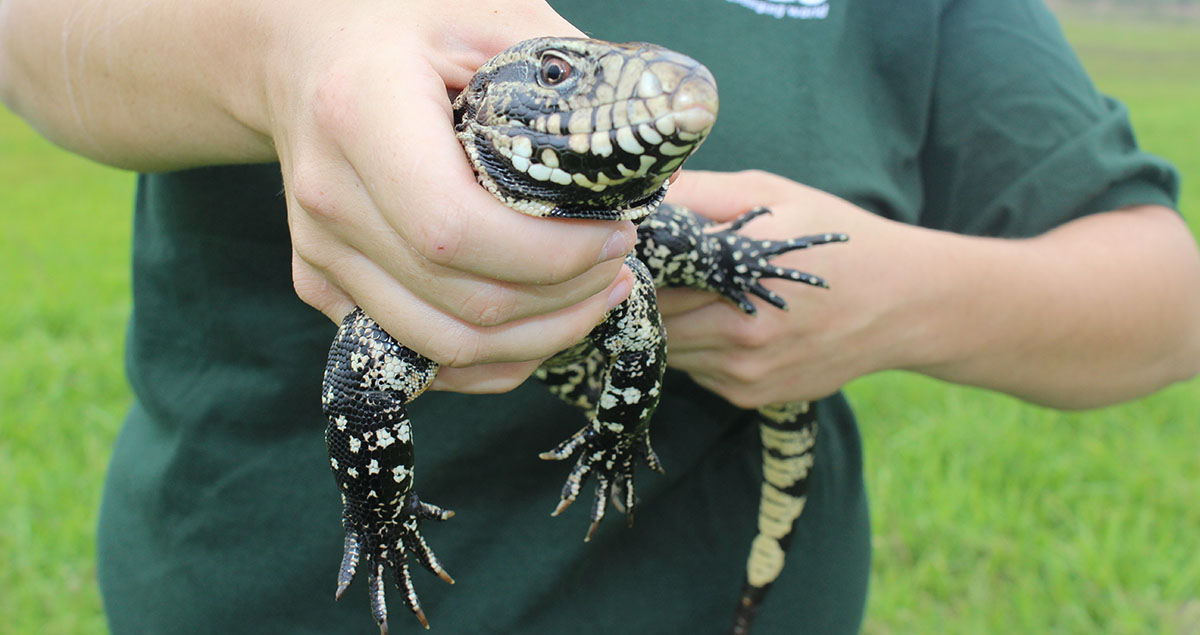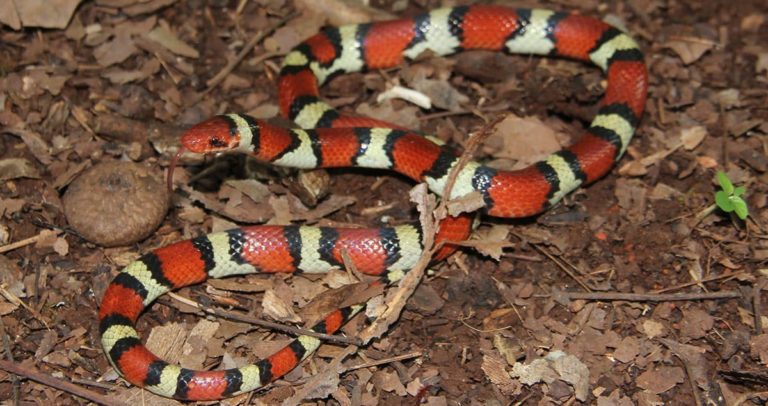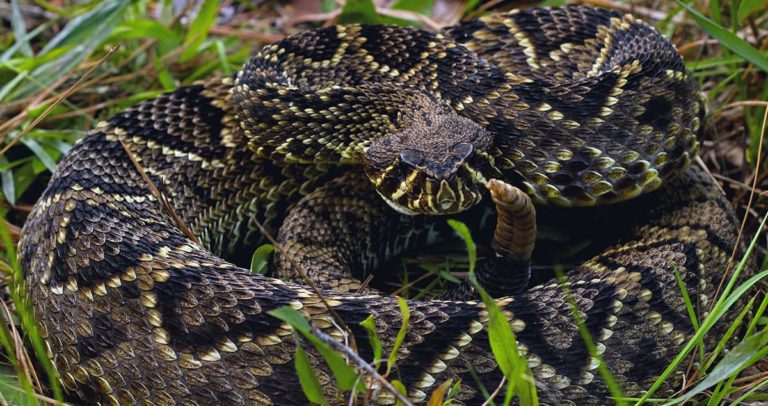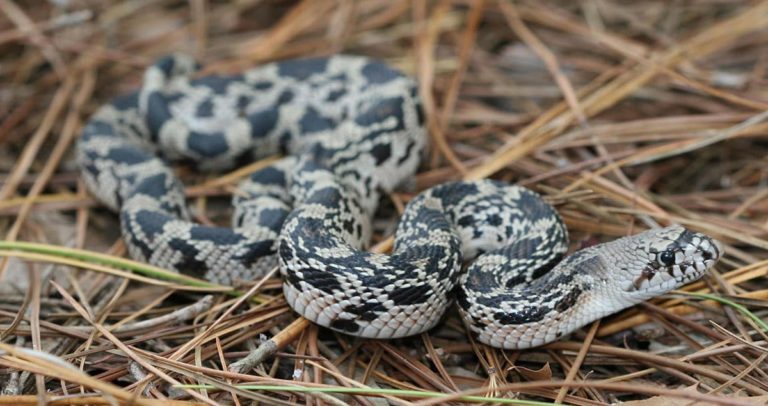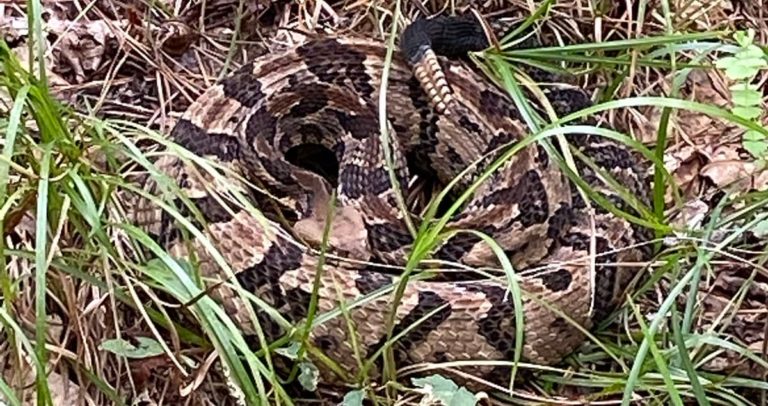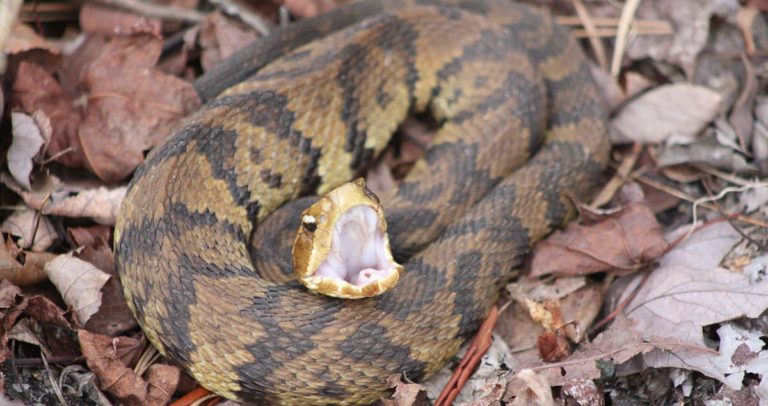Georgia’s Giant Lizard: The Invasive Black and White Tegu
Georgia has a vast array of native reptiles and wildlife that are crucial to maintaining healthy ecosystems. However, non-native species can pose a significant threat to these delicate balances. One such invasive species is the black and white tegu lizard, which has been making its presence felt in Georgia.
In this comprehensive article, we will explore the origins, appearance, behavior, and impact of this non-native lizard on Georgia’s ecosystems.
Origins and Introduction
A South American Native
The black and white tegu lizard (Salvator merianae) is native to South America, where it is commonly found in Brazil, Paraguay, Uruguay, and Argentina. These lizards are among the largest of their kind, with adult tegus reaching lengths of up to 4 feet. As omnivores, they have a diverse diet that includes fruits, vegetables, insects, and small animals.
Arrival in Georgia
Black and white tegus were introduced to Georgia through the pet trade. Many of these lizards were either intentionally released or escaped from captivity, leading to the establishment of wild populations. With few natural predators in Georgia, these lizards have continued to spread and reproduce, resulting in a growing impact on native ecosystems.
Appearance and Behavior
A Distinctive Look
Black and white tegus are large, robust lizards with a distinctive black and white banding pattern across their bodies. Their heads are broad, and they have strong limbs with sharp claws adapted for digging. A powerful tail is used for both balance and self-defense.
A Voracious Appetite
One of the most concerning aspects of the black and white tegu’s behavior is its diverse diet. As omnivores, these lizards are opportunistic feeders, consuming a wide variety of food items. This diet includes fruits, vegetables, insects, small mammals, birds, reptiles, and even the eggs of ground-nesting animals like turtles and birds.
Reproduction and Spread
Black and white tegus are prolific breeders, with females laying up to 35 eggs per clutch. These lizards are also capable of surviving in a wide range of habitats, including forests, grasslands, and suburban areas. These traits have enabled them to quickly establish populations and expand their range in Georgia.
Impacts on Georgia’s Ecosystems
Predation and Competition
The black and white tegu’s diverse diet and ability to adapt to various environments have put significant pressure on native species. These lizards compete with native predators for food, and their consumption of eggs threatens the populations of ground-nesting animals. The tegu’s presence has also led to the decline of some native reptile and amphibian species through direct predation.
Disease Transmission
Like many invasive species, black and white tegus can act as carriers for diseases and parasites that may affect native wildlife. This increases the risk of illness and death for already vulnerable species, further stressing local ecosystems.
Combating the Tegu Invasion
Public Awareness and Reporting
Educating the public about the black and white tegu’s presence and impact in Georgia is essential. Citizens should be encouraged to report any sightings of these lizards to local wildlife authorities, as this information can help monitor and manage tegu populations.
Responsible Pet Ownership
Pet owners must be aware of the potential consequences of releasing non-native species into the wild. Proper care, housing, and containment are vital for preventing the escape or release of tegus and other exotic pets. Prospective tegu owners should research the specific needs and challenges of owning such a large lizard before committing to pet ownership.
Eradication and Control Efforts
Wildlife management agencies and conservation organizations in Georgia are actively working to control and eradicate the black and white tegu populations. These efforts may involve trapping, removal, and monitoring to reduce their numbers and mitigate the impact on native ecosystems. Collaboration between government agencies, non-profit organizations, researchers, and the public is essential for effective management.
Legislation and Regulation
Implementing stricter regulations on the importation, sale, and ownership of black and white tegus and other potentially invasive species can help prevent future introductions. Some states have already enacted such legislation, and similar measures could be beneficial in Georgia.
Final Thoughts
The black and white tegu poses a significant threat to Georgia’s native ecosystems, and concerted efforts are required to address this invasive species. Through public education, responsible pet ownership, control efforts, and legislative measures, it is possible to protect and preserve Georgia’s unique and diverse wildlife.

